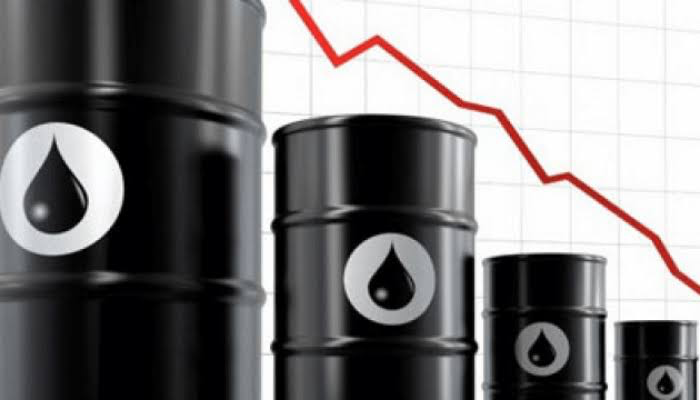Nigeria’s oil production has seen a significant drop, falling to 1.33 million barrels per day (bpd) from the 1.7 million bpd recorded in October of the previous year, a 27.66 percent decline. This decrease has cast doubts on the Federal Government’s hopes for increased oil revenue, as outlined by Mr. Gbenga Komolafe, Commission Chief Executive of the Nigerian Upstream Petroleum Regulatory Commission (NUPRC), during the Annual PETAN Sub-Saharan Africa International Petroleum Exhibition and Conference (SAIPEC) in Lagos.
This downturn in production is particularly concerning given the optimistic projections made by the Minister of State, Petroleum Resources, Heineken Lokpobiri, in October last year. Lokpobiri had announced an increase in Nigeria’s oil output to about 1.7 million bpd from August 2023’s 1.1 million bpd, emphasizing the critical role of increased production in generating more revenue for Nigeria and addressing the country’s socioeconomic challenges.
Despite the current average production standing at 1.33 million bpd alongside 256,000 barrels of condensate per day, Nigeria’s technical production potential is considerably higher at 2.26 million bpd, with an OPEC quota of 1.5 million bpd. The ambitious target of 1.78 million bpd for oil production set in Nigeria’s 2024 budget has been deemed overly optimistic by analysts, who cite persistent industry challenges such as oil theft and a lack of fresh investments from International Oil Companies (IOCs).
In response to these setbacks, Komolafe assures that the NUPRC is implementing strategic measures to overcome these challenges and boost production. These initiatives include enhancing transparency in hydrocarbon measurement and accounting, fostering collaborative work programs with Exploration and Production (E&P) companies, and ensuring timely approvals for field development plans (FDPs) to accelerate development and optimize production.
Furthermore, Komolafe highlighted Nigeria’s vast potential in not only hydrocarbon resources but also in green and blue hydrogen, solar, wind, biomass, and critical minerals necessary for the development of clean energy technologies. With a population exceeding 200 million, projected to reach between 390 and 440 million by 2050, and a significant proportion under the age of 30, Nigeria possesses a substantial economic asset in its youthful demographic.
Komolafe also emphasized Nigeria’s commitment to meeting its environmental stewardship obligations, noting the country’s position at 165th in global rankings for greenhouse gas emissions per capita, according to the EU’s EDGAR database. Despite this low emission rate, efforts are underway to achieve a zero-flare target by 2030 and net-zero carbon emissions by 2060, including initiatives such as the Nigerian Gas Flare Commercialization Programme (NGFCP).
This downturn in oil production presents a complex challenge for Nigeria, necessitating a multifaceted approach that includes bolstering security to combat oil theft, encouraging investment in the oil sector, and pursuing sustainable energy alternatives. As Nigeria navigates these issues, the country’s ability to harness its vast resources and youthful population will be critical in achieving economic growth, environmental sustainability, and a stable energy future.



